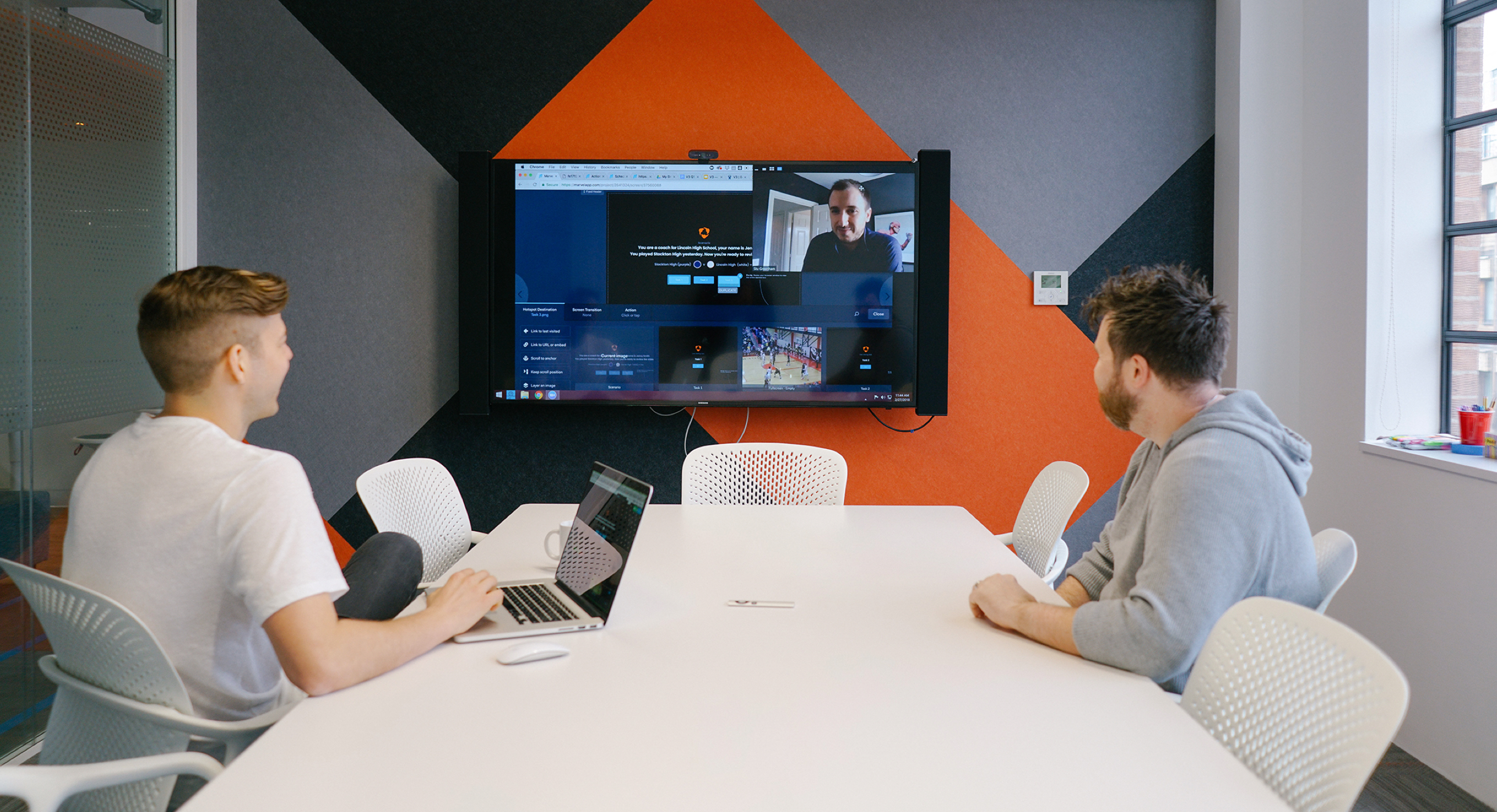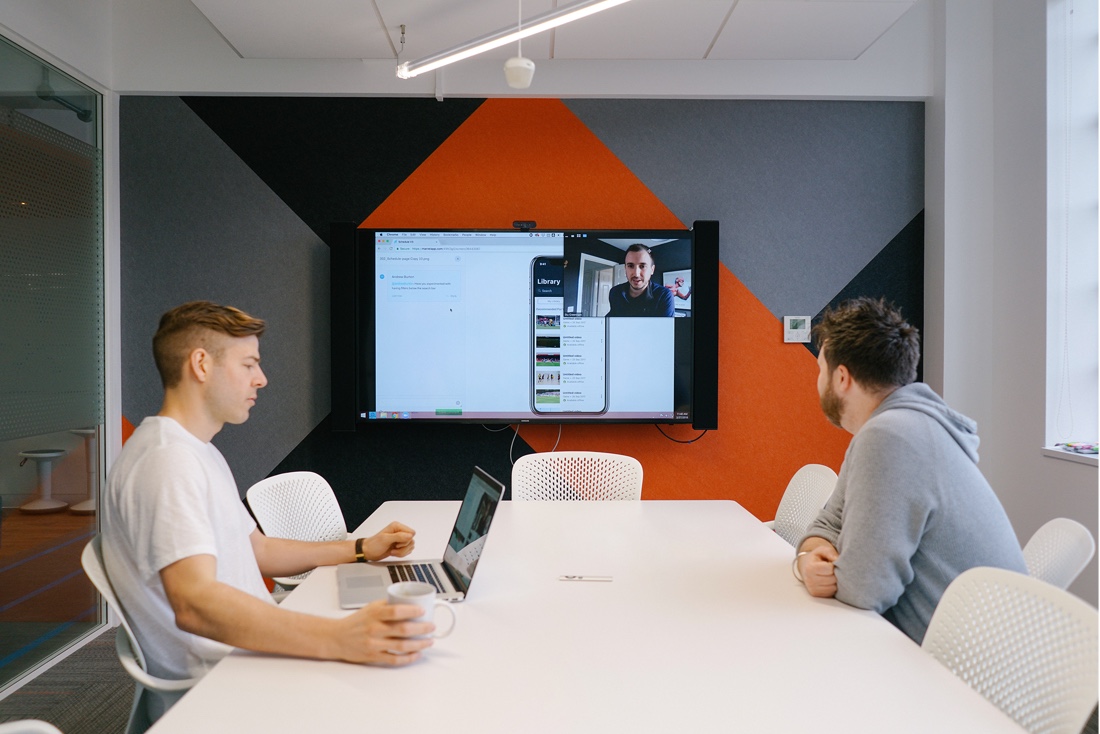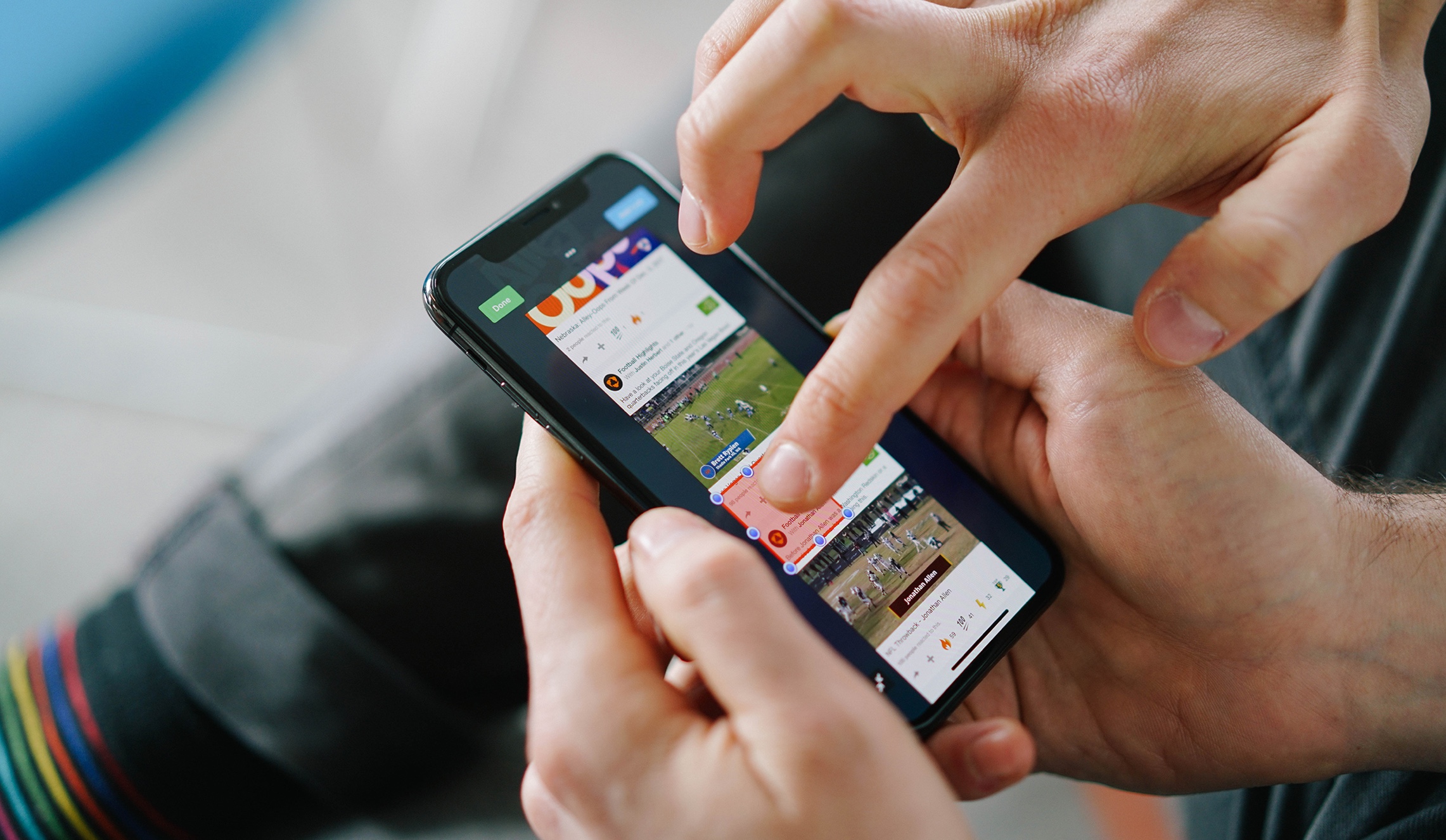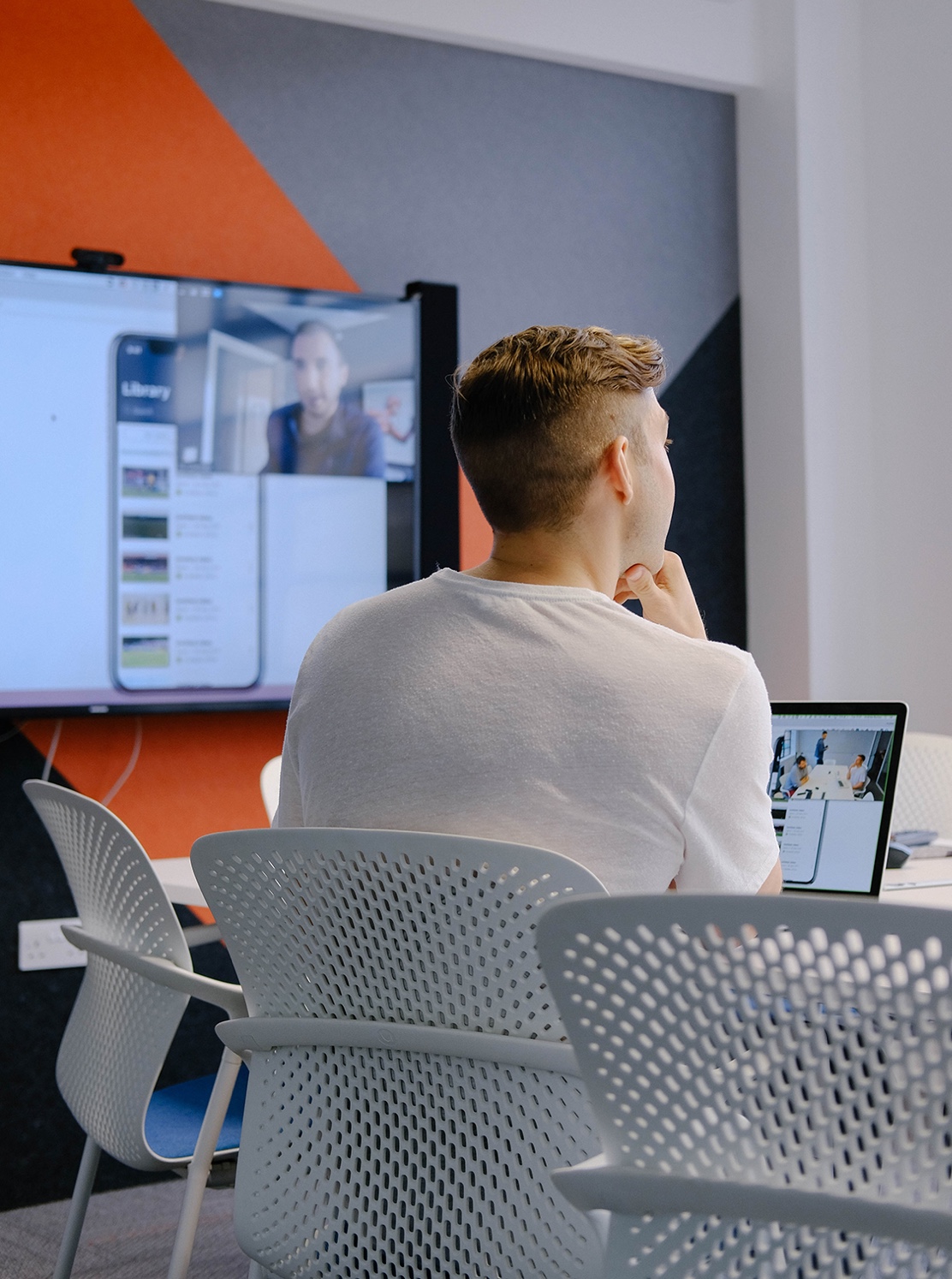Analysing elite sports teams and the next gen — How Hudl drive great UX through daily user testing with Marvel
- 2x
Prototyping speed
Hudl found that their designers created prototypes twice as fast with Marvel
- 160+
Screens in a project
Marvel enables Hudl’s high fidelity, large scale prototypes which reach 160 screens
- 16
Concurrent projects
Hudl work on 16+ projects at a time and Marvel gives them a stable, solid platform to do so
Industry: Sports
Locations: US, UK, Australia, India
Key Features: Prototyping, User Testing
Before Hudl, the ability to generate live statistics and video analysis of competitive sports was only available to elite sports teams. But founders David Graff, Brian Kaiser and John Wirtz wanted to change that. Since its launch in 2006, Hudl has grown to support more than 160,000 active teams, from the smallest youth organizations to professional franchises in North America, South America, Europe, Asia, Africa and Australia. Marvel has helped their product team - which is mostly remote - collaborate on prototypes, testing and customer research.
“We are pretty spread out as a team,” says Mike Williams, product and user experience design manager at Hudl. “Our HQ has five designers, but there are 30 in total, most of us are remote.”
When it comes to creating and developing new products and projects, Mike and his team break down into small business groups made up of self-contained, cross-division teams. Typically, they are made up of a product manager, designer, quality assurance expert (QA) and a handful of developers, Mike tells us.
That requires collaboration across distances and time zones while smaller companies would be able to simply walk to the other side of the office.
“We recently worked on a new product for the NBA. We gave it an owner, assigned squads and spent last summer trying to get ready for the next season. We’re pretty ambitious with these projects; we’re really stepping on the gas during these times.”
Scaling design for a remote team
“When we announced we were using Marvel, there was a large group of designers that said ‘finally, we’re going to be using a real prototyping tool’,” explains Mike.
“Previously, when using other tools on the market we always had a team of designers who were constantly saying, ‘why aren’t we using Marvel? It’s so much easier. It performs better and has a better toolkit.’” So, when Mike and his team had the opportunity to revisit their existing contracts, they decided Marvel offered them the best route forward.
Compared to previous software the team had used, Mike quickly saw they could produce prototypes at twice the rate. “It does exactly what we need it to do and does it very well.”
With their team using tools like Confluence and Sketch, they’ve found that Marvel’s integrations with the two has shown it to be a tool that not only optimises but supports their design process.
There are often projects which require the team to generate as many as 160 screens in order to optimise the flow of a product. Marvel allows them to work at this scale quickly and harmoniously.
Test, test and test again
Hudl uses Marvel at three different stages of its design process. The first involves their team of designers using the tool to develop workflows and create interactive prototypes for new features and iterations.
“That first real taste of how a change or a new feature will look and feel is a Marvel prototype, which is shared within the squad, which consists of six people.”
Once this prototyping stage is complete they move onto the next phase of ‘Dogfooding’. This is a process commonly used by companies where they test a feature’s validity and value internally before making it available to customers.
“We’ll grab people from our support department or another squad that has fresh eyes, and carry out visibility tests.” With Marvel, this is as easy as sharing a link.
Marvel also comes into play at the final stage of testing, when Mike and his team are ready to bring in coaches for real field research. They’ll often use the Marvel mobile app to test their prototypes with customers on the devices they would normally use. This way they can quickly establish if their iterations or features are intuitive enough.
"We don’t release anything without some kind of testing. Every morning in our Slack channel we get an automatic update for our research department with scheduled research events. We test daily."
Hudl has managed to turn a product and service once only available to the world’s richest sports teams and make it accessible to anyone, anywhere. Catering for different sports at different levels has brought with it a number of unique challenges - especially with a distributed team. But thanks to Marvel’s simplicity and versatility, Hudl has been able to prototype, test and critique work at a pace previously thought impossible.








